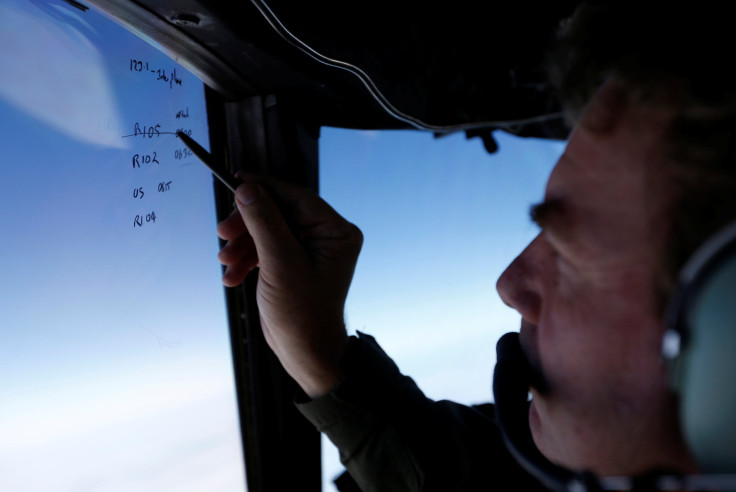Flight MH370 Update: New Search For Plane Crash Debris Planned, Wreckage Likely Overlooked

The search for Malaysia Airlines Flight 370 is finally wrapping up, but investigators aren't done: They're preparing to start a second scan. The Daily Beast reported exclusively Tuesday that the Australian Transport Safety Bureau, the agency that's been conducting the hunt for MH370 for the past two years, said it needs to re-examine a few spots more thoroughly because it might have overlooked some of the plane debris.
The agency is going to use a remotely operated vehicle in October to check "sonar contacts that are judged to warrant a closer look" found "scattered throughout the greater search area," spokesman Dan O'Malley told The Daily Beast. The overall hunt is scheduled to end by December.
MH370 disappeared in March 2014 with 239 people on board as it was traveling from Kuala Lumpur to Beijing. For the past two years, the safety bureau has been coordinating an extensive sweep of the Indian Ocean floor in hopes of turning up evidence of the Boeing 777.
After a series of delays due to bad weather, investigators got back to work last week. The Fugro Equator was conducting search operations and the Dong Hai Jiu 101 was anchored off the coast of Australia, according to an operational update published Wednesday. Strong winds continued to affect the search.
Other developments in the MH370 case included the discovery of a would-be piece of wreckage in Mozambique. An African tour boat guide named Jean Viljoen gave the triangular piece of debris to police, but its condition inspired a theory that the plane exploded — not crashed, the Sun reported.
#MH370 From Moz Forum - Facebook. Possible debris from MH370 found by sport fisherman near Morrumbene 26 Aug 2016. pic.twitter.com/QRvVUdYTeG
— Mike J Slater mozguide (@mozguide) August 26, 2016
The Australian safety bureau didn't give any updates about the Mozambique debris, only saying that it was the responsibility of the Malaysian government. "The finding of debris on islands in the Indian Ocean and along the east and south coasts of Africa is consistent with drift modeling performed by Australia's Commonwealth Scientific Industrial and Research Organization (CSIRO) and affirms the focus of search efforts in the southern Indian Ocean," it wrote.
© Copyright IBTimes 2024. All rights reserved.






















